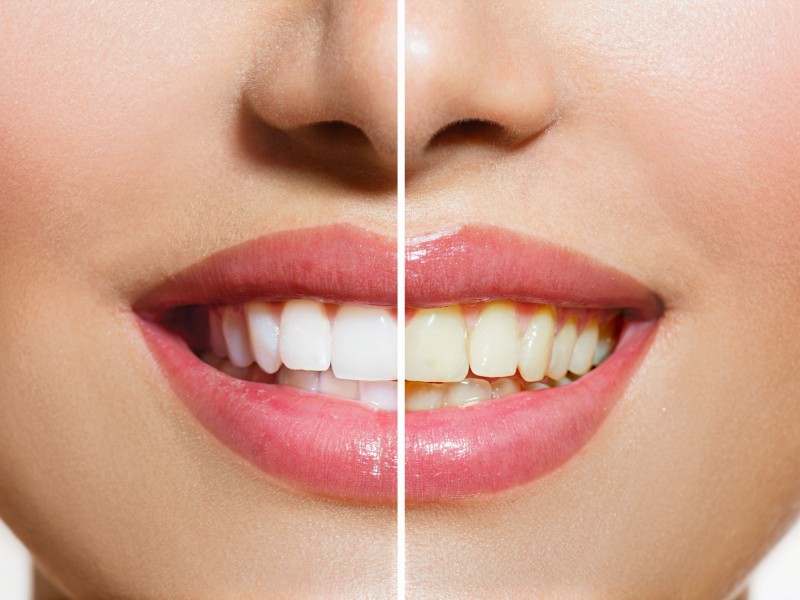Teeth whitening refers to a process of lightening tooth color. It helps to clean discoloration and stains on your teeth. Teeth whitening treatment is a highly popular dental cosmetic procedure as it can bring a significant improvement in the look of your teeth. Most of the dentists perform this treatment.
However, the teeth whitening process is not a procedure for one time. It may repeat from time to time, so the bright color of teeth can be maintained.
Why are teeth whitening so important?
Teeth whitening procedure is now more a fashion than need. Most people go for this treatment to look like their favorite celebrities. Everyone wants to have whiter and brighter teeth to look more attractive and beautiful. However, some cases are genuine and need severe level teeth whitening treatments for their yellowish teeth.
Why teeth get yellow?
There are various reasons that result in the paling of your teeth. Some major reasons are listed below;
- Genetic issues.
- Type of your enamel.
- Enamel texture.
- Pellicle that picks stain on enamel.
- Pores on enamel that holds stain.
- Consumption of liquids with dark colors like cola, coffee, red wine, or tea.
- Bad teeth care.
- Transparent enamels.
Types of stain
- Intrinsic stain
- Extrinsic stain
- Intrinsic stain: The stain inside a tooth is called intrinsic stain.
Reasons for intrinsic stains:
- Too much exposure of fluoride on teeth during teeth developing stage.
- Tetracycline antibiotics.
- Any trauma.
- Extrinsic stain: The stain on teeth outer surface is called extrinsic stain. Teeth whitening procedure is highly effective in this case.
Methods of teeth whitening
Teeth whitening can be done in two ways
- 1. Vital whitening
- Non-vital whitening
- Essential whitening method
- It is done on teeth having live nerves.
- The gel is applied directly to the tooth surface.
- The gel contains a hydrogen peroxide form.
- Laser light activity results in faster bleaching.
- It takes around 30-90 minutes.
- It is done within 1-3 appointments.
- The visits depend on methods used, types of stain, and respond of stain for the treatment.
- Non-vital method
- This method is performed on teeth without live nerves. It might have a procedure like root-canal and so has no live nerve.
- Whitening agents will be filled inside your tooth.
- A temporary filling is put over that tooth.
- This is a one-time treatment, but you may repeat the procedure until you get the shade you want.
Follow-ups
In case of any unusual condition like prolong sensitivity, gums irritation, etc. consults and follows up your dentist without any delay.
Drawbacks:
- Teeth sensitivity.
- Gum irritation, but mild.
- It is prohibited during pregnancy.
Treat Sensitivity after treatment of teeth whitening
- Use of sensitivity toothpaste
- Chew gum
- Quit whitening for a while
Measures to prevent discoloration of a tooth after completing the treatment of teeth whitening
- Say no to stain-causing beverages and foods– Coffee, sports drinks, berries, etc.
- Use of straw –Use of straw while drinking beverages.
- Quit smoking – Eliminating tobacco from your life to keep your teeth brighter.




